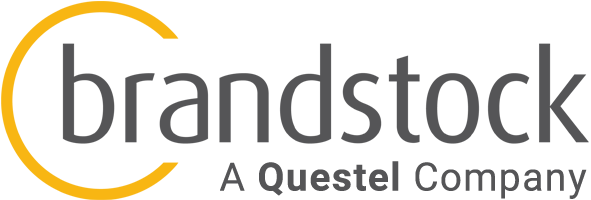The importance of a preliminary analysis in an agent benchmarking project
Are you worried that your applications, renewals and oppositions are not as efficient as they could be?
Are you concerned that you’re being overcharged for agent work in different jurisdictions?
Do you feel you don’t have granular oversight on what you’re paying and what you’re getting in return?
If so, you’ve probably decided you need to take a look at your agents network; you may even have decided you want to undertake an agent benchmarking project. So you call Brandstock and start benchmarking, right?
Well, not quite…
Schedule your free phone advice on Agent Benchmarking with our experts
Before you can start an agent benchmarking project, it’s important that both you as the client and Brandstock as the provider know where you stand. What works for an entertainment company may not work for one in pharmaceuticals; the automotive industry is very different to telecoms.
So before you start, it’s vital that you have the right preliminary analysis. That begins with a meeting to understand your expectations and goals for the project. What are you hoping to achieve? What do you want to understand? How will you be using the information?
At this point Brandstock will look at the industry in which you operate, bringing knowledge from previous agent benchmarking projects with comparable companies to bear on its thinking to establish a context for the work.
Then comes the analysis phase: looking at your portfolio, understanding the most important elements both geographically and qualitatively, and working out where you need to focus and make improvements to your agents network.
Key to the success of the eventual agent benchmarking project will be establishing a timeline with realistic milestones and clear indicators of success. Of course, every company has its own reasons why certain things will take less or more time. So Brandstock will draft a timeline following discussion of your particular requirements, and review it with you in order to understand where there are likely to be difficulties – perhaps you need particular things to happen in a particular order; perhaps the board needs oversight on specific parts of the process. All of these things can be built in so that the timeline is one that works for you.
Strategy considerations
You’re nearly ready to start your agent benchmarking project, but before you do, it’s important to have a coherent strategy. This comes back to what you’re trying to achieve with the project. Do you want to make cost savings? Do you want to sign new agreements with agents? Or are you just using the project for internal comparison purposes?
Once Brandstock has a clear sense of these goals, it’s possible to tailor a strategy to achieve them, since, for example, the way in which agents interact with the project may vary depending on what eventual outcome you’re looking for.
After that, it’s all about details. How do you work with your agents? Some companies use hub providers with personal in multiple jurisdictions. Others have different, dedicated agents in each country. Understanding how you work with your agents and, more importantly, how you would like to work with them, is key to the success of the project. How you view these considerations will dictate what the agent benchmarking project can achieve for you, and also help set parameters for alternative solutions should you need to go down that path.
Finally, it comes down to data. When you’re ready to get started, you’ll provide a full list of agents that you work with to Brandstock; this will form the basis of the project, providing the raw materials from which to work. Coupled with all the preliminary analysis, you can be confident that the agent benchmarking project will achieve the outcomes you want. After all, it never did anyone any harm to be well prepared!


























